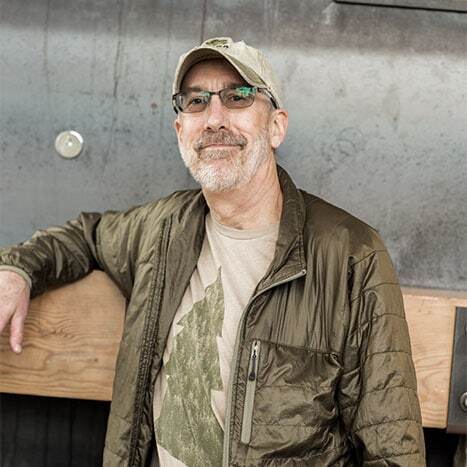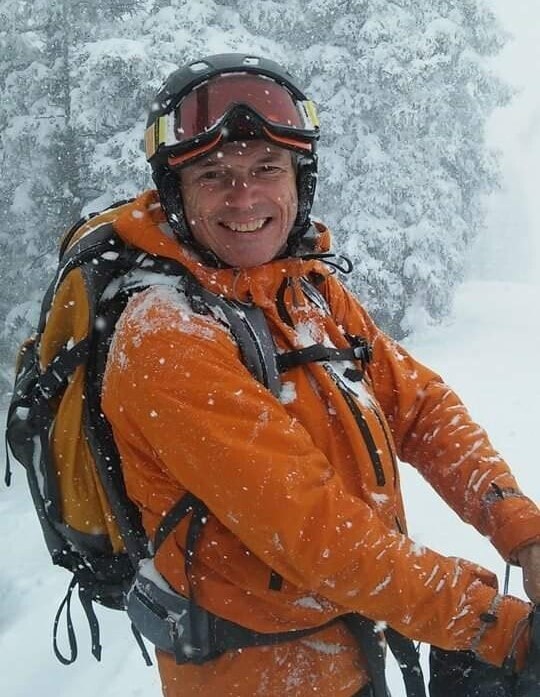Whether it's the lure of an untracked run or we're simply seeking a little winter solitude, many of us are drawn to snowy places beyond the carefully managed inbounds areas of ski resorts. And for that, it's important to bring the appropriate safety gear.
Your truly essential pieces of avalanche safety gear consist of the Big Three:
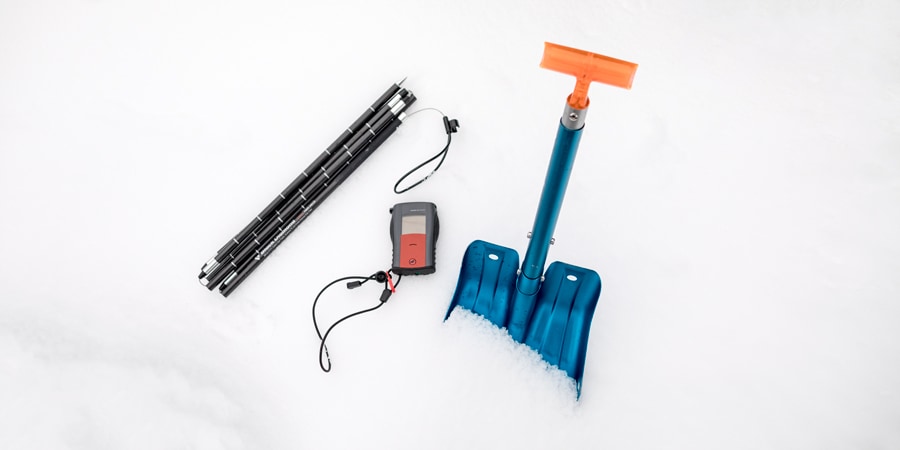
- Avalanche Transceiver: aka a beacon. This alternative term, though, sometimes causes confusion with a personal locator beacon (PLB), which transmits a call for help, but won't aid in finding a companion in the snow. An avalanche transceiver transmits a local signal in send mode from the victim and picks up that signal in search (or receive) mode used by the victim's companions. For help in choosing one, read How to Choose an Avalanche Transceiver.
- Snow Probe: Used for pinpointing the location of a buried person following the transceiver search, this long tent-pole-like wand folds down into sections to fit in a pack. Greater overall length is generally better so you can find a deeply buried person. Longer probes also improve probing efficiency because you can repeatedly probe to the required depth without having to squat low each time.
- Snow shovel: Most shovels break down to stow in a pack. Bigger is generally better—digging out a victim can involve moving literally a ton of snow. For buying tips, read How to Choose a Snow Shovel.
The big three essentials are also sold in packages that include the transceiver, probe and shovel together.
Training: The One Essential to Rule Them All
Carrying the safety gear above is useless without the training to use it. Statistically speaking, you have 10 minutes to search, pinpoint and dig out a buried person or they're unlikely to survive. So you need to train, practice, practice, practice and then refresh training each year. To be rescue ready, you'll need both a basic avalanche course and specific rescue training.
Avalanche.org lists avalanche courses and providers nationwide. You can find basic safety classes at REI and at regional avalanche organizations such as the Northwest Avalanche Center. You can find both safety classes and rescue classes through the American Institute of Avalanche Research and Education (AIARE).
To learn about topics you will learn in an avalanche rescue course, read Avalanche Rescue Overview.
Avalanche rescue card: AIARE created a pocket-size Quick Reference Rescue Card. It doesn't take the place of necessary training, but it helps focus rescue efforts by ensuring you don't miss any steps or waste time trying to remember step details. Carry the card in a quickly accessible pocket.
Remember: Safety is your responsibility. No internet article or video can replace proper instruction and experience—this article is intended solely as supplemental information. Be sure you're practiced in proper techniques and safety requirements before you engage in any outdoors activity.
Additional Avalanche Safety Gear
Avalanche Airbag Packs
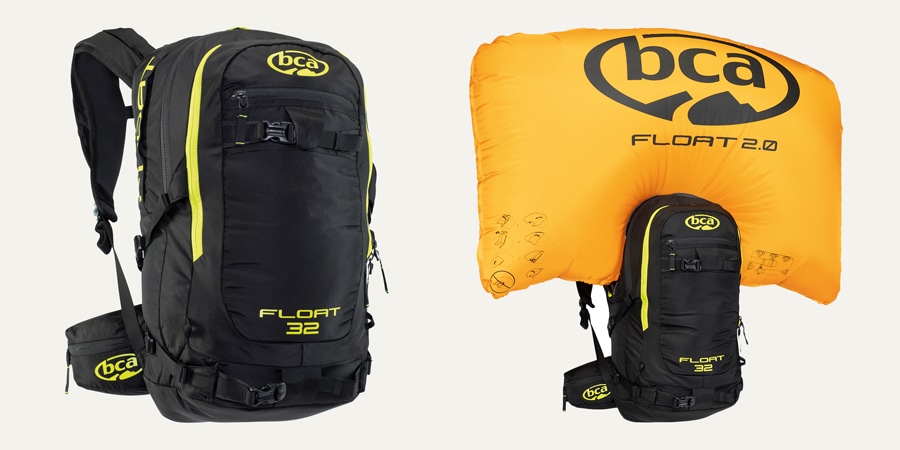
An airbag pack can help keep you from getting buried (or from getting buried more deeply) if you are caught in an avalanche. The instantly deployed airbag in these packs is inflated by either a compressed-air cartridge or a super powerful fan. The deployed airbag helps you rise to the top of an avalanche debris field, minimizing rescue time.
Because an airbag pack can cost several hundred to more than a thousand dollars and can weigh more than 5 pounds, many people balk at getting one. However, a growing number of regular visitors to snowy backcountry areas now consider these packs to be part of their essential safety gear.
- Cartridge-style airbag packs use compressed-gas cartridges that can be refilled by the manufacturer or at one of their designated locations. Minor drawbacks include not being able to carry cartridges on airplanes and the fact that cartridges must be refilled after each deployment. They are more affordable, though, than fan-style airbag packs.
- Fan-style airbag packs can be taken on airplanes and can be used up to six times on a full charge. These packs continue to push air into the bag so it can remain inflated even with a tear in the fabric. After a short time, the fan reverses and pulls air out of the bag so that a victim who is buried has a large volume of air space within the snow to enhance their odds of survival.
RECCO Reflectors
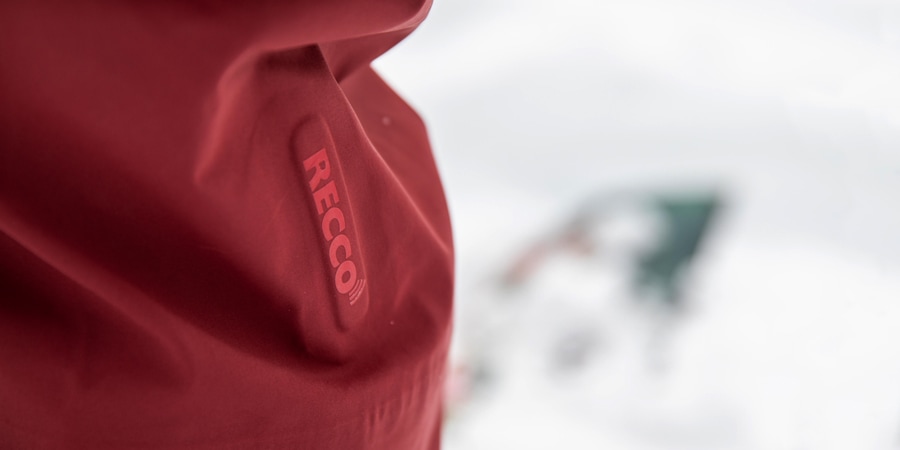
If you are in a ski resort or other area that has a specialized RECCO detector unit (hundreds of ski patrols and search-and-rescue organizations have them), then having a RECCO reflector in your clothing or gear makes it possible for rescuers to find you should you be caught in an avalanche. The reflectors are tiny, so many skiwear manufacturers and pack makers sew them into the material of their gear. No batteries required, either, because the detector units send out a signal that bounces off the passive reflector(s) in your clothing or gear.
Note that a RECCO reflector is not a substitute for an avalanche transceiver, which offers the only reliable means of quickly and accurately locating a buried person in areas beyond developed in-bounds areas that have RECCO detectors.
Snow Safety Tools
Slope meter: This small device is used to determine the angle of a slope for avalanche probability. Other tools that allow you to measure slope angle include a clinometer (a feature on some compasses), a slope-angle sticker that can be wrapped around your ski pole, and a handful of phone apps.
Snow saw: This, in conjunction with your snow shovel, is used for snow stability tests. A saw can also come in handy in constructing some types of snow shelters.
Snow crystal card: Useful for evaluating the layers of the snowpack when doing a snow-pit profile, these cards include a measuring grid to help analyze the types and sizes of snow crystals. Knowing that can help you assess how well the layers are bonding, and evaluate the overall stability of the snowpack.
Avalanche Safety Gear Checklist
The Three Essentials:
Nice-to-Have Gear:

